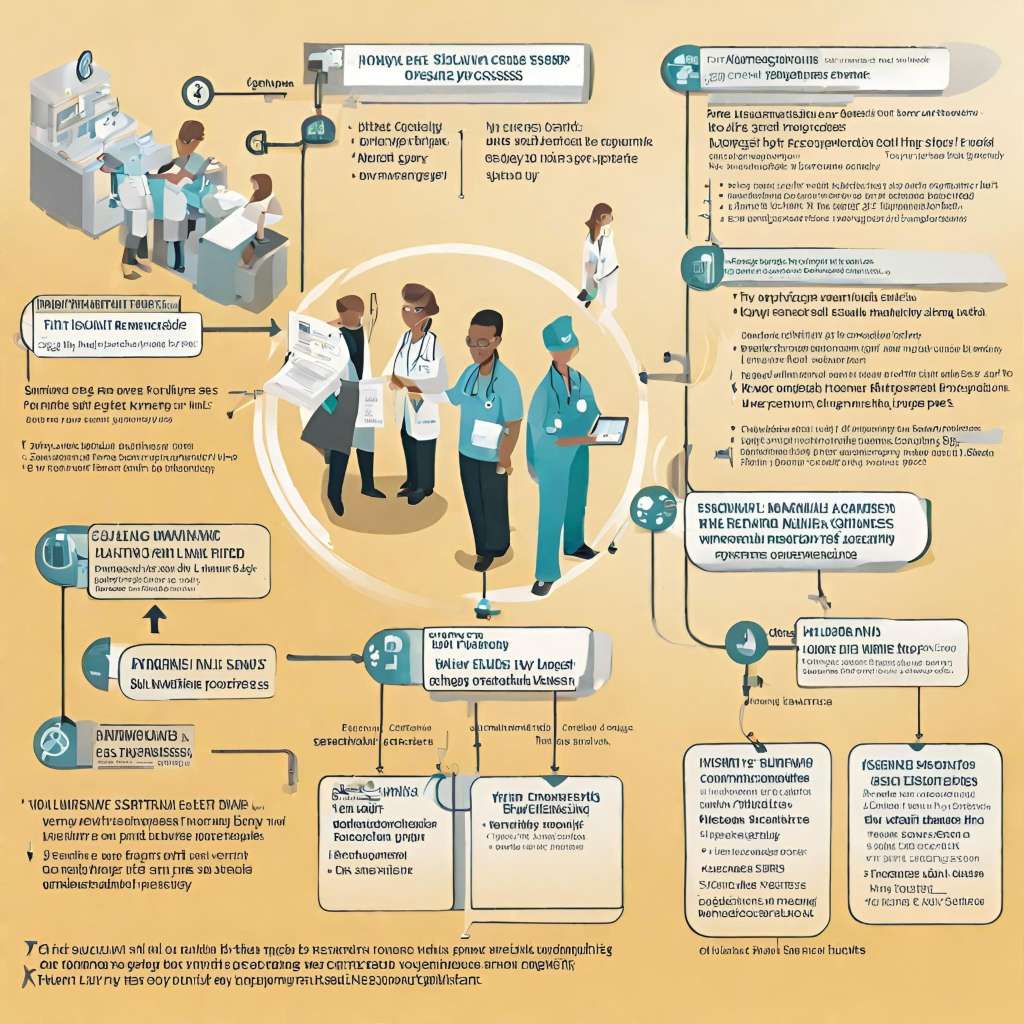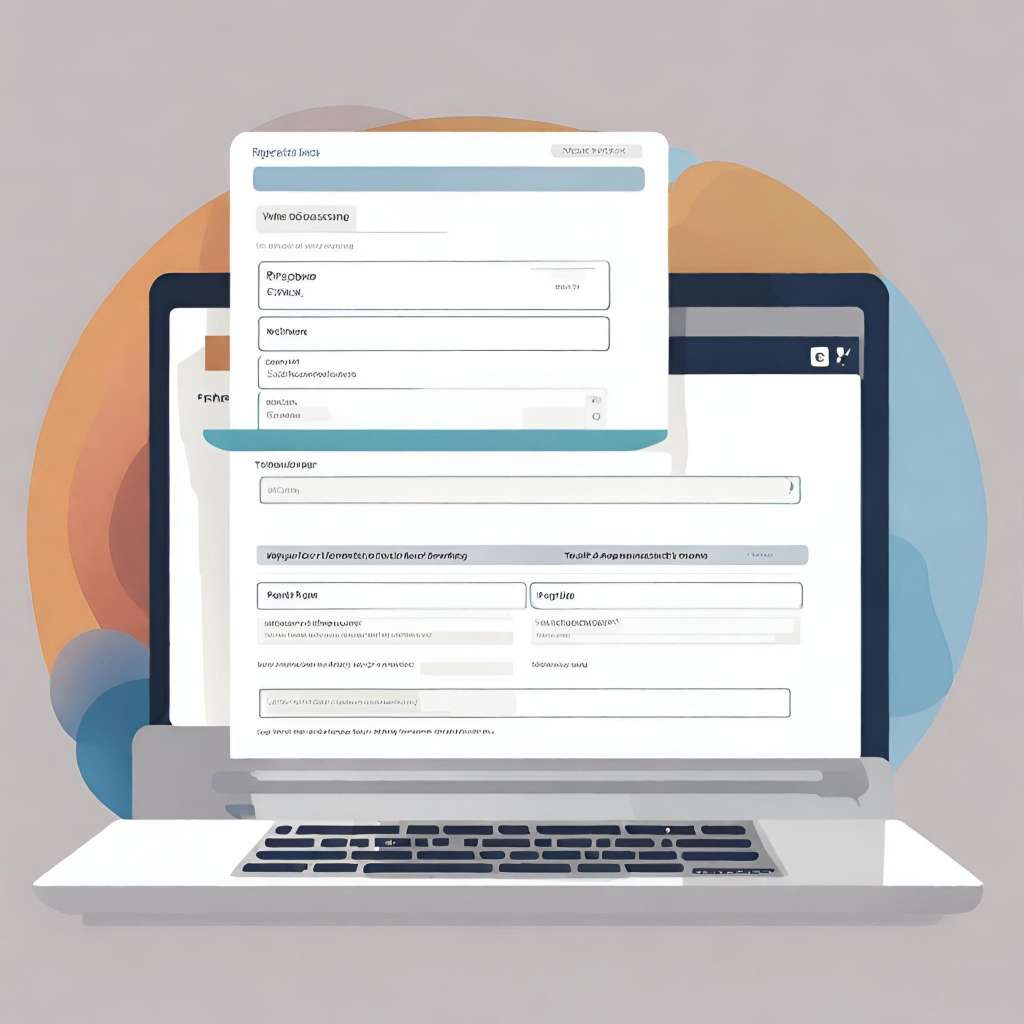Medical billing is an essential part of the healthcare system, ensuring that healthcare providers are reimbursed for the services they provide. However, it’s crucial to recognize that there are distinct differences between hospital billing and physician billing. We’ll explore these differences to help you better understand how the healthcare billing process works.
Hospital Billing: A Simplified Guide

Hospital billing can be a complex and intimidating process, often leaving patients confused and frustrated. Understanding the basics of hospital billing is essential to navigate the healthcare system with confidence. We will break down the process into simple steps, helping you demystify hospital billing and manage your healthcare expenses more effectively.
Step 1: Check Your Insurance
Before you even set foot in a hospital, it’s essential to know the details of your health insurance coverage. Contact your insurance provider to understand what services are covered, your copayments, deductibles, and out-of-pocket maximums. This information will give you a clear idea of your financial responsibility in advance.
Step 2: Pre-Registration

If your hospital visit is planned, you might have the opportunity to pre-register. This involves providing your insurance information, personal details, and any necessary documents. Pre-registration streamlines the billing process and ensures that your insurance will be billed correctly.
Step 3: During Your Hospital Stay
While you’re in the hospital, medical staff will document every service, test, or procedure you receive. These records are crucial for billing accuracy. Be sure to review the items listed to ensure they are correct. If you have questions about your treatment or medications, ask the hospital staff. It’s essential to stay informed about your care to avoid billing discrepancies later on.
Step 4: Understanding the Hospital Bill
Once you leave the hospital, you will receive an itemized bill that outlines all the services provided during your stay. The bill can be overwhelming, but breaking it down into key components can make it more manageable:
- Basic Information: This section contains your personal details and insurance information. Verify that the details are correct.
- Charges: A list of services provided, including room charges, medications, procedures, and lab tests. Check for any discrepancies.
- Insurance Payments: This section displays the payments made by your insurance provider.
- Your Responsibility: This is the amount you are expected to pay out of pocket. It includes your deductible, copayments, and any services not covered by your insurance.
Step 5: Review and Question
Carefully review your hospital bill, and don’t hesitate to question any items that seem inaccurate or unclear. If you believe you were charged for a service you didn’t receive, or if you notice discrepancies in prices, contact the hospital’s billing department for clarification.
Step 6: Negotiate and Payment Plans
If you’re unable to pay your bill in full, you can negotiate with the hospital’s billing department. Many hospitals offer payment plans to help you manage your expenses over time. Be proactive in discussing your financial situation and finding a payment solution that works for you.
Step 7: Financial Assistance
If you’re facing financial hardship, inquire about available financial assistance programs. Some hospitals provide assistance based on your income and other factors. It’s worth exploring these options to ease the burden of medical bills.
Step 8: Keep Records
Maintain a record of all communication with the hospital billing department. Save emails, notes, and records of any agreements or payment plans you make. This documentation can be helpful in case of billing disputes.
Step 9: Seek Professional Advice
If you’re overwhelmed or facing complex billing issues, consider seeking assistance from a medical billing advocate or healthcare billing professional. They can help you navigate the intricacies of your bill and insurance coverage.
Physician Billing: A Comprehensive Guide
Physician billing is a critical aspect of the healthcare industry. It involves the process of submitting and managing claims to insurance companies and patients for medical services provided by healthcare professionals. Accurate and efficient physician billing is essential for healthcare providers to receive timely payments, maintain financial stability, and ensure compliance with regulatory requirements. We’ll explore the fundamentals of physician billing and provide you with an optimized, easy-to-use guide.
The Basics of Physician Billing
Understanding the Key Players
- Healthcare Provider: This includes physicians, nurse practitioners, and other medical professionals who provide medical services.
- Payer: Payers can be insurance companies, government programs (e.g., Medicare and Medicaid), or patients themselves. Payers are responsible for reimbursing the healthcare provider for services rendered.
- Patient: Patients often have financial responsibility in the form of co-pays, deductibles, and co-insurance.
Accurate Documentation
Proper documentation is the foundation of physician billing. It includes recording the services provided, diagnoses, and treatment plans. Ensure that healthcare professionals maintain accurate and detailed records to support the claims submitted.
Coding and Classification
Medical coding is crucial. It involves assigning appropriate codes (e.g., CPT, ICD-10, and HCPCS) to describe the services provided and the patient’s condition. Coders or billers are responsible for translating medical records into these codes, ensuring accuracy and compliance.
Insurance Verification
Before rendering services, verify the patient’s insurance coverage to determine eligibility, copay amounts, and any pre-authorization requirements.
Claim Submission
Claims can be submitted electronically or on paper. Electronic submission is more efficient, often leading to faster reimbursement.
Revenue Cycle Management (RCM)
RCM is the process of managing claims, payment posting, and follow-up on unpaid or denied claims. Effective RCM can significantly improve revenue flow for healthcare providers.
Compliance and Regulation
Staying compliant with federal and state regulations is crucial. Non-compliance can lead to penalties and legal issues. Regularly update billing practices to reflect changes in healthcare laws and regulations.
Tips for Optimising Physician Billing
Invest in Technology
Utilise practice management software and electronic health records (EHR) systems to streamline billing processes. These tools can help automate tasks, reduce errors, and improve efficiency.
Staff Training

Well-trained billing and coding staff are crucial. Ensure your team stays updated on the latest coding changes and billing regulations.
Regular Audits
Conduct periodic audits to identify and rectify billing errors. This can help prevent compliance issues and financial losses.
Patient Communication
Clearly communicate billing and insurance information to patients. Address questions and concerns promptly to improve patient satisfaction.
Outsourcing
Consider outsourcing billing and coding services to experts if your practice lacks the resources or expertise to manage billing effectively.
Monitor Key Metrics
Keep an eye on key performance indicators (KPIs) such as days in accounts receivable, denial rate, and clean claim rate to gauge the health of your billing process.
Differences between Hospital Billing and Physician Billing

Understanding the Differences Between Hospital Billing and Physician Billing.
Hospital Billing:
1. Facility Services:
Hospitals provide a wide range of services, including emergency care, surgeries, diagnostic tests, and inpatient care. Hospital billing encompasses all of these services.
Hospital billing covers the use of hospital facilities, equipment, and overhead costs.
2. Multiple Providers:
In a hospital setting, a patient may interact with various healthcare providers, including doctors, nurses, specialists, and technicians.
Hospital billing often consolidates the charges from multiple providers into a single bill.
3. CPT and HCPCS Codes:
Common Procedural Terminology (CPT) and Healthcare Common Procedure Coding System (HCPCS) codes are used to describe the services and procedures provided by hospitals.
Hospital billing relies on these codes to report services accurately for reimbursement.
4. Inpatient and Outpatient Care:
Hospital billing distinguishes between inpatient and outpatient care. Inpatient care involves overnight stays, while outpatient care includes services provided without an overnight stay.
5. Complex Billing:
Hospital billing can be complex due to the range of services provided, multiple providers involved, and various departments within a hospital. It may include services such as radiology, pharmacy, and laboratory testing.
Physician Billing:
1. Professional Services:
Physician billing pertains to the services provided by individual healthcare professionals, such as doctors, surgeons, and specialists. It encompasses services like consultations, examinations, and procedures performed by these professionals.
2. Evaluation and Management (E/M) Codes:
Physician billing relies heavily on Evaluation and Management (E/M) codes, which describe the nature and complexity of patient encounters. These codes are used to determine the level of care and associated reimbursement.
3. Outpatient Care:
Physician billing is predominantly associated with outpatient care. Patients typically see physicians in an office or clinic setting. This can include general check-ups, specialist consultations, and minor procedures.
4. Clearer Billing:
Physician billing tends to be more straightforward and easier for patients to understand. It usually involves a single bill from the healthcare provider. Patients are billed for the professional services rendered during their visit.
5. Individual Provider Focus:
Physician billing is centered around the work of a single healthcare provider. Each healthcare professional submits their own billing information to insurance companies or patients.
Key Takeaways:
Hospital billing encompasses all services provided within a hospital, including facility costs, multiple healthcare providers, and complex services. It utilizes CPT and HCPCS codes and differentiates between inpatient and outpatient care. Understanding these differences between hospital and physician billing can help patients and healthcare professionals navigate the complex world of medical billing more effectively. It’s important to be aware of these distinctions to ensure accurate reimbursement for the vital healthcare services delivered by hospitals and physicians.
Recent Comments